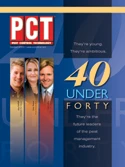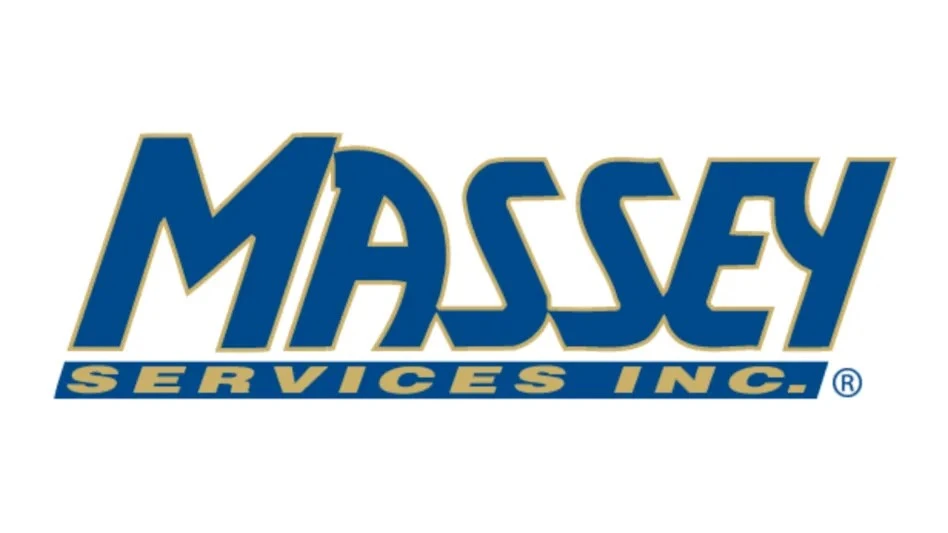Over the years I have had the privilege of creating countless performance evaluation programs (those dreaded annual evaluation programs) in a multitude of companies, industries and cultures. These programs all have one thing in common — evaluation forms! I’ve developed evaluation forms for sales people, for every type of manager you can imagine, for administrative employees, pest control technicians, interior designers, athletes, aquarium experts, architects, and, well . . . you get the picture. I’ve had fun developing creative and practical forms that were specific to every job category in an organization EXCEPT one — the CEO, a.k.a. president, boss, owner, head honcho, etc.
Why? Well, for starters, in the absence of a 360-degree feedback program (which is not suited for every culture), who can evaluate the CEO or owner? In most small businesses, the owner doesn’t exactly report to anyone. And in most large organizations with a board of directors, the CEO is evaluated strictly on the overall financial performance of the organization — the bottom line. I don’t know about you, but it has always perplexed me that many CEOs hold their key managers accountable for effectively shaping the "soft side" of the business, yet they are not held accountable to the same standard (need I mention names?).
Either way, I’ve found that most CEOs are missing out on the opportunity to self-evaluate their performance and set meaningful developmental goals, or they’re missing out on the opportunity to have their total performance objectively evaluated by a third party.
So let’s say the buck stops with you and you’d like to develop an outline of competencies to master. What would the outline include? How do you define competencies for a CEO? What if you’re the next in line for the CEO job (or you’d like to be)? What skills do you need to master before you’re ready to take the helm? Good questions.
IMPORTANT COMPETENCIES. I know there’s at least one CEO out there who’s evaluating his performance by means of a written self-evaluation. I know this because I created the form for him and now (it’s your lucky day) I’m going to share parts of it with you. Assuming you’re in charge of the entire organization, perhaps it would be worthwhile to take a few moments and evaluate your performance against these competencies. For each one, ask yourself if you need further development (and if so, define what’s needed), if you’ve met the skill level or if you’ve mastered the competency (this should always be the goal).
• Sets organizational direction by crafting a concrete definition of where the company is going, by managing industry challenges, by acting on appropriate competitive trends and by determining which business model will meet revenue/profit demands.
• Executes well and demonstrates an undying commitment to achieving end results, while staying mindful of customers, employees and industry/market changes.
• Manages the organization in a broader context by paying attention to and taking positions on relevant industry or community matters and on environmental, safety and health issues. Knows and is prepared to deal with constituents and community groups.
• Delivers consistent bottom-line results. Demonstrates the skill and invests the time required to balance and understand trade-offs between long- and short-term results.
• Takes time for reflection and analysis of the business and of self. Continually diagnoses whether the organization is performing at full potential. Exercises strategic thinking.
• Effectively shapes the soft side of the business by managing relationships, engaging and energizing people at all levels, and by initiating and leading the employee selection and development processes.
• Converts learning and analysis into practice; identifies best practices and ideas and translates them into tools and programs that benefit the organization.
• Values asking questions and listening to a broad spectrum of people. Clearly shows an interest in and respects the opinions of others.
• Effectively leads, develops and coaches direct reports by providing feedback, by delegating and by providing assignments that allow individuals to grow.
• Exercises restraint of power and demonstrates empathy, humility and sensitivity. Recognizes when it’s best to deliver negative feedback and how to effectively deliver it. Leads by influencing others vs. overpowering them.
• Builds credibility and trust through predictable behavior. Demonstrates personal integrity; is visible and approachable; exercises self-control; and provides clear direction, feedback and communication.
• Projects a positive internal and public image as evidenced by communication style, self-confidence, professionalism, handshake, dress, presence, attentiveness in listening, etc.
• Personal/professional growth: Demonstrates continued learning, willingness to change and ability to reinvent self several times over, as needed.
CONCLUSION. Not so easy in the corner office, is it? But wait, I’m not finished yet! Once you’ve evaluated your performance against these competencies, you’ll want to define three or four objectives for the upcoming year that you can monitor and track. Then, next year you can evaluate your progress related to these specific objectives.
If the leader of every organization would take the time necessary to reflect on these or other more meaningful competencies and then map out and execute a game plan for self-development, the world would be filled with some highly effective CEOs and owners . . . and, I’m willing to bet, some transformed organizations.
The author is president of Seawright & Associates Inc., a management consulting firm located in Winter Park, Fla. For the past 16 years, she has provided human resource management and compliance advice to employers across the country. She can be contacted at 407/645-2433 or jseawright@pctonline.com.

Explore the October 2003 Issue
Check out more from this issue and find your next story to read.
Latest from Pest Control Technology
- CAPMA Hosts 2025 Legislative Day in Sacramento
- Grizz Pest Management Bartends for a Cause
- Rose Pest Solutions Becomes Official Pest Provider of Chicago Fire FC
- WSPMA Hosts Legislative Day at Washington State Capitol
- A-1 Pest Control Marks 59 years in Business
- Hawaii PCO Shares Regulatory Challenges, Business Impacts from Lahaina Wildfires
- 5 Tips for Reducing Waste in the Office and in the Field
- OvoControl Now Available in Chile





